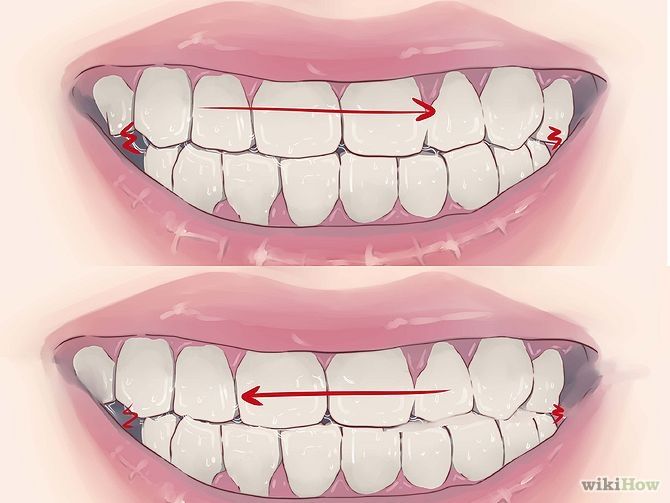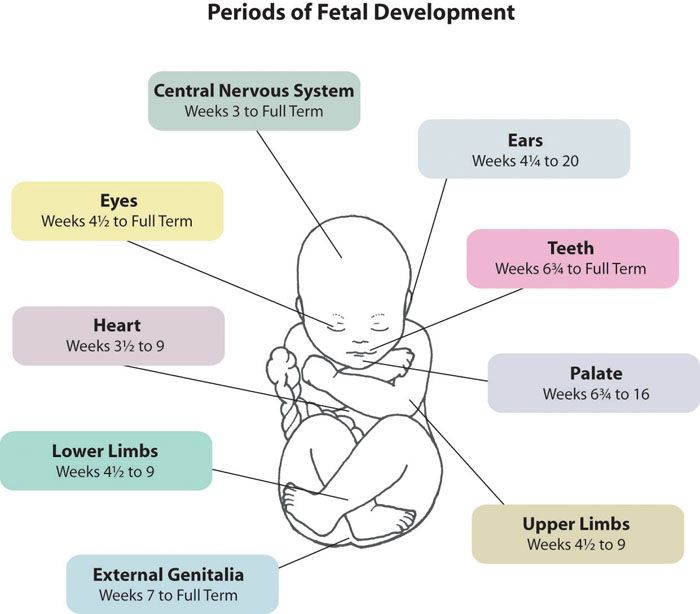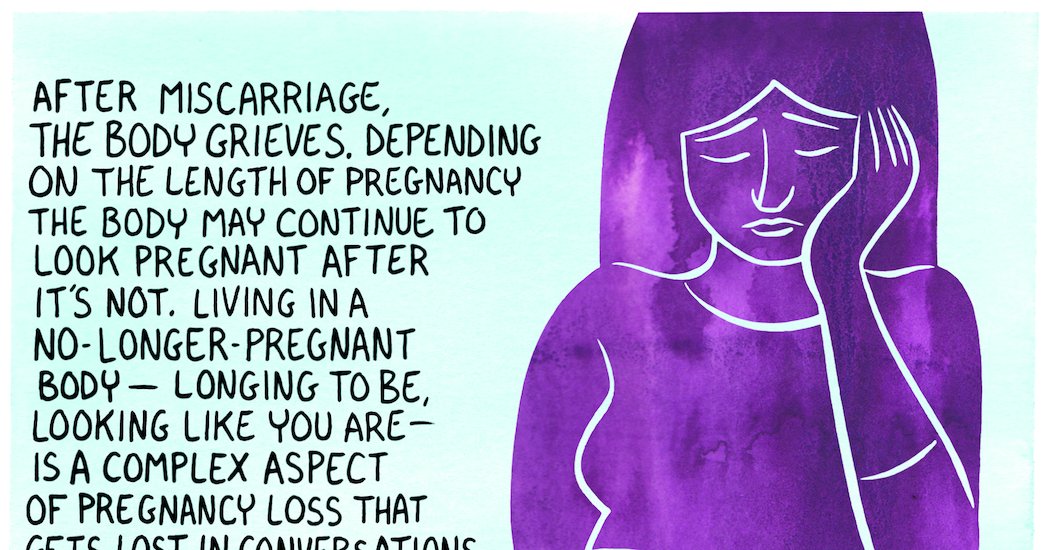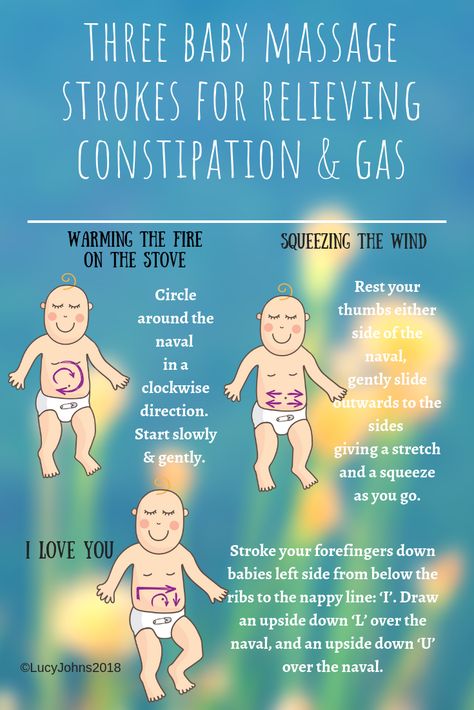Sleeping pattern for 6 month old
6 Month Old Sleep Schedule
At around 6 months old, babies need an average of eleven hours of uninterrupted nighttime sleep, and three and a half hours of daytime naps spread over two to three naps*. From six through eight months, babies become more mobile. They roll over, sit up, maybe even stand holding on to something. Many scoot or crawl, and the first teeth come in. Most babies sleep through the night fairly regularly, but if yours doesn’t, it is still quite easy to get them on a good 6 month sleep schedule. We have help:
- Even good sleepers can have trouble
- Not every 6 month sleep schedule is alike
- Sample schedule
- Consistency and problem solving
Even Good Sleepers Have Trouble Sometimes
At six or seven months, a baby who had been a good sleeper might start having difficulties. As she experiences her first wave of separation anxiety, she may resist being left in her crib at night. She may start also start waking up more often to see you. There is no “right” schedule for all babies, but the sample below is a good framework. Some variation is inevitable—a baby who naps for ninety minutes starting at 9:00 a.m. is not going to be on the same clock as one who naps for two hours starting at 9:30. But the starting point, 7:00 or 7:30 a.m., and the end point, 7:00 or 7:30 p.m., should be about the same.
Not Every 6 Month Old Sleep Schedule is Alike
Some babies do seem to have internal alarm clocks that go off at 6:00 a.m. You may have to shift the schedule, particularly morning naps, a little earlier to accommodate. If she’s in child care or with a sitter part of the day, make your home schedule conform as much as possible to the child-care, feeding, and nap times, as long as that routine is a sensible one. Remember, consistency counts.
Sample 6 Month Old Sleep Schedule
7:00 to 7:30 a.m. Wake-up. Upon waking, nurse/bottle feed and solids (consult your pediatrician about introduction of solid foods).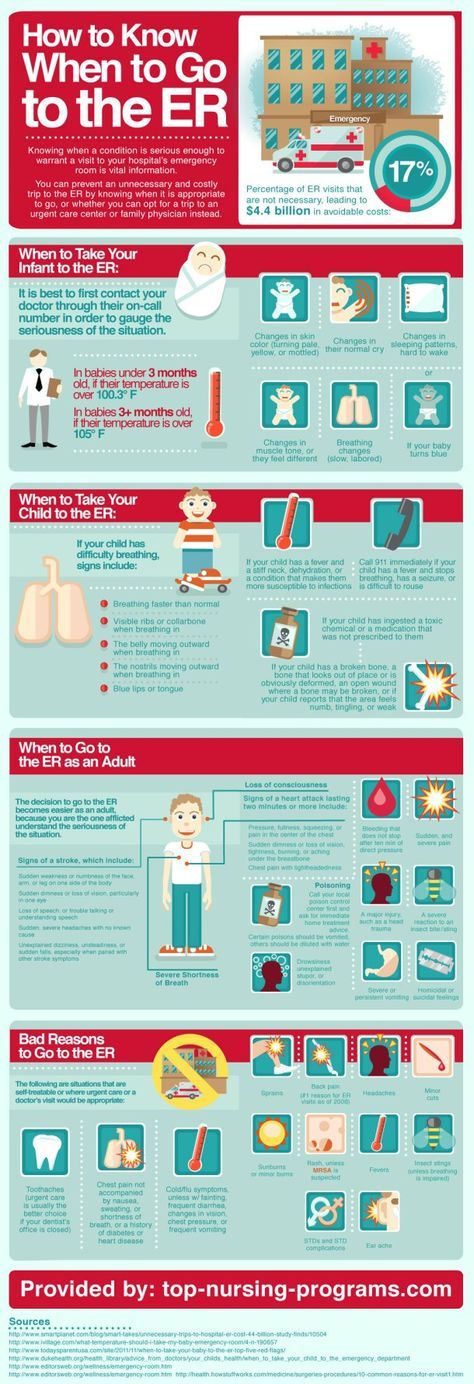
9:00 or 9:30 a.m. Morning nap, 1.5 to 2 hours. Upon waking, nursing/bottle and solids.
12:30 or 1:00 p.m. Afternoon nap, 1.5 to 2 hours. Upon waking, nurse/bottle.
3:30–4:00 p.m. (depends on previous nap time) Optional third nap, about 45 minutes to an hour.
5:00 or 5:30 p.m. Nurse/bottle feed and solids.
6:00–6:30 p.m. Start bath/bedtime preparations, which may include an additional bottle or nursing.
7:00–7:30 p.m. Asleep.
Want to know more about schedules?
Read: Sample Schedules: Sleep and Naps From 6 Months to Preschool
Be Consistent, But Flexible
The trick is to get your child on the right schedule. Try to stick to it pretty regularly, but know how to read her cues and modify it a little when appropriate. Some days she’ll sleep a little more, some a little less, just like you do—and you don’t even have growth spurts.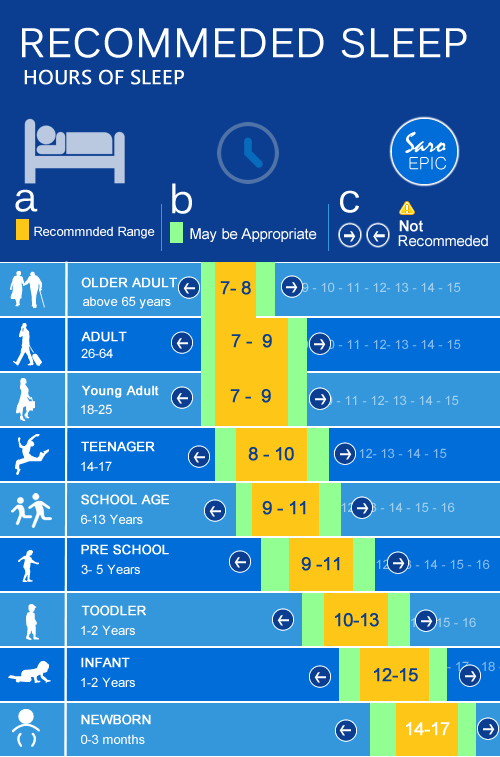
Other Helpful Tips
- This is a great age to begin sleep coaching if you your baby is not sleeping well at night and for naps.
- Encourage an attachment to a safe lovey or security object such as a small stuffed animal.
- Develop a sleep-friendly schedule and introduce appropriate wind-down activities at night; such as massage, a song or book.
- If your baby is used to being rocked, walked, nursed, or stroked to sleep, or to get back to sleep in the middle of the night, you will need to help her discard those sleep crutches—sometimes called negative associations.
- If she’s spent the first few months sleeping in unconventional places, like swings or car seats, you need to begin to transition her into the crib.
Want to know all about loveys?
Read: The Lovey — Your Child’s First Best Friend
As you make changes you may have to tolerate some tears—but you don’t have to let her cry endlessly or alone.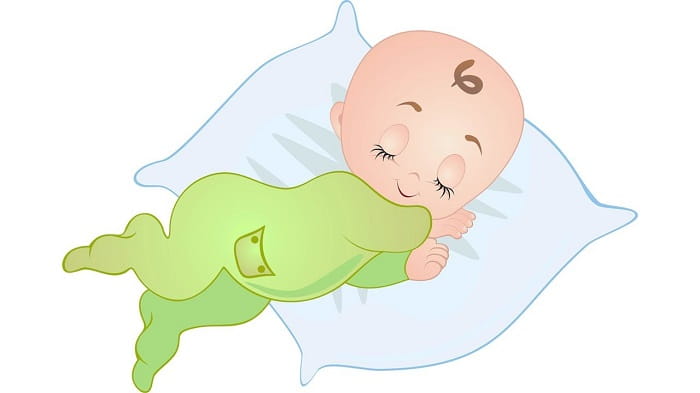 Sit by her as she cries, stroke her head or pat her back a little; whisper soothing words. Her tears are her way of saying she is tired and frustrated, or wary of this change.
Sit by her as she cries, stroke her head or pat her back a little; whisper soothing words. Her tears are her way of saying she is tired and frustrated, or wary of this change.
Now is a great time to consider using The Sleep Lady Shuffle. You can learn gentle sleep coaching methods from our books, courses, and certified coaches, online or in-person. If you let her, she will learn to cope, adapt, and soothe herself to sleep—and it won’t take as long as you fear.
Need to know more about The Sleep Lady Shuffle?
Read: The Sleep Lady Shuffle: How to Gently Sleep Train your Baby
Additional Resources
If you’re looking for some help gently coaching your child to sleep at any age, we have many resources available. Our Certified Gentle Sleep coaches are located worldwide, and speak many languages. You can look for a coach in your area here.
6 Month Old Sleep Schedule
At six months, your baby is staying awake longer, playing more, and may even be sitting up independently. Let’s talk about the most frequent questions I get about six month old sleep schedules, naps, sleep regressions, toys, and more!
Let’s talk about the most frequent questions I get about six month old sleep schedules, naps, sleep regressions, toys, and more!
What are wake windows for a 6 month old? How long can a 6 month old stay awake?#
A six month old’s wake windows range between 2 and 3 hours. We see shorter wake windows in the morning, and these generally increase as the day goes on and babies get older. As your baby approaches seven months, his wake windows may be closer to 3 hours.
Some babies may be ready to transition from 3 naps to 2 as they approach 6.5-7 months old. When your six month old moves to 2 naps, this is when we will need to focus on stretching those wake windows closer to 3 hours throughout the day.
Here's a general routine for wake windows at this age if your baby is still taking 3 naps:
About 2-2.5 hours after wake time = Nap 1
About 2.5 hours after the end of Nap 1 = Nap 2
About 2.5 hours after the end of Nap 2 = Nap 3
About 2.
 5-3 hours after the end of Nap 3 = Bedtime
5-3 hours after the end of Nap 3 = Bedtime
And here's the routine for wake windows at this age once your baby transitions to 2 naps:
About 2.5-3 hours after wake time = Nap 1
About 3 hours after the end of Nap 1 = Nap 2
About 3-3.5 hours after the end of Nap 2 = Bedtime
**Bedtime may need to be pushed as early as 6:00 to 6:30 pm depending on the last nap of the day.
What is a sample schedule for a 6 month old?#
I have 2 six month old sleep schedules for you to use. When looking at schedules for our babies, it’s important to remember these are simply samples of how a day might play out depending on how long a baby naps. Stay flexible and meet your baby’s needs where she’s at developmentally and adjust based on how long your baby's naps last.
*Solids are often introduced around 6 months of age. Please speak with your pediatrician about the right time for your baby to start solids.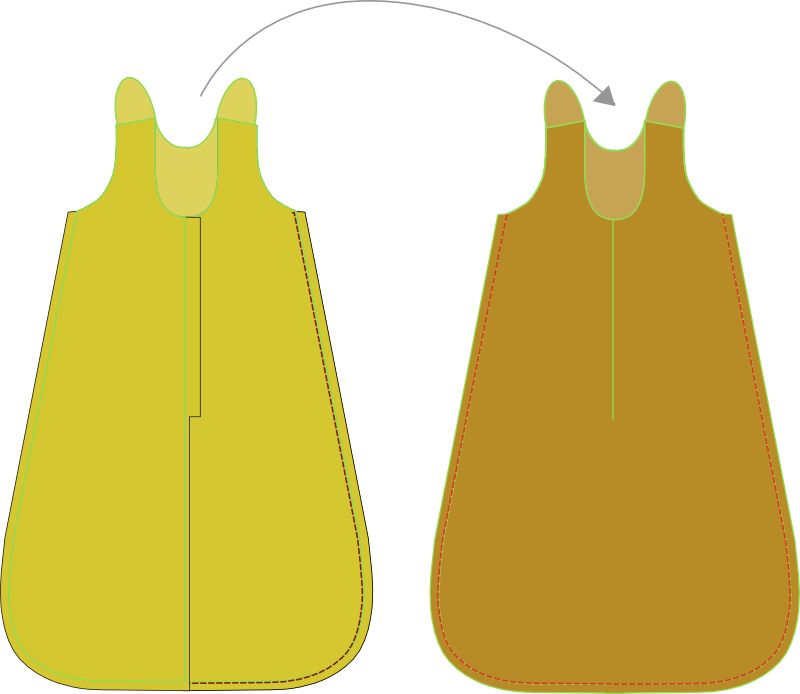
How many naps should a 6 month old take? #
We typically want to try for 3 naps per day at six months old. If your six month old is taking more than 3 naps a day because naps are short, this is a great time to double check those wake windows to make sure they're appropriate for your baby's age.
As your baby gets older, the third nap of the day can become difficult. Although 6.5-7.5 months is the average age we see a transition from 3 to 2 naps, some six month olds may be ready to drop a nap a little earlier. If you think your baby may be ready to move to 2 naps, read 5 Signs It’s Time to Drop a Nap.
When making a nap transition, please know it takes time and consistency. It’s normal for it to take 2 to 4 weeks before your baby is fully transitioned. Stay flexible with bedtime during a nap transition! You may need to move bedtime as early as 6:00-6:30 pm while your little one adjusts to fewer naps and longer wake windows. If you need more help with nap transitions, check out my Conquering Naps class.
If your baby goes to daycare and is on a different nap schedule at daycare than at home, that’s okay! We don’t have control over the daycare nap schedule, but we have control over our sleep schedule at home. You can have a great sleeper even if your days are very different at home versus daycare.
How long should a 6 month old nap?#
At six months old, our goal for daytime sleep is 3 to 4 hours total, typically divided over 3 naps.
This can look like 2 hours for the first nap, 45 minutes for the second, and 35 minutes for the third nap. The next day may be 1 hour for the first nap, 1 hour for the second, and 1 hour for the third nap. The length of each nap may change each day, and that’s okay. What matters is that your baby is getting a total of 3 to 4 hours of daytime sleep separated by age-appropriate wake windows.
If you’re struggling to get to 3 hours of napping a day, I can help you with that! Start by reading about why your baby may be taking short naps, and then check out my class, Conquering Naps.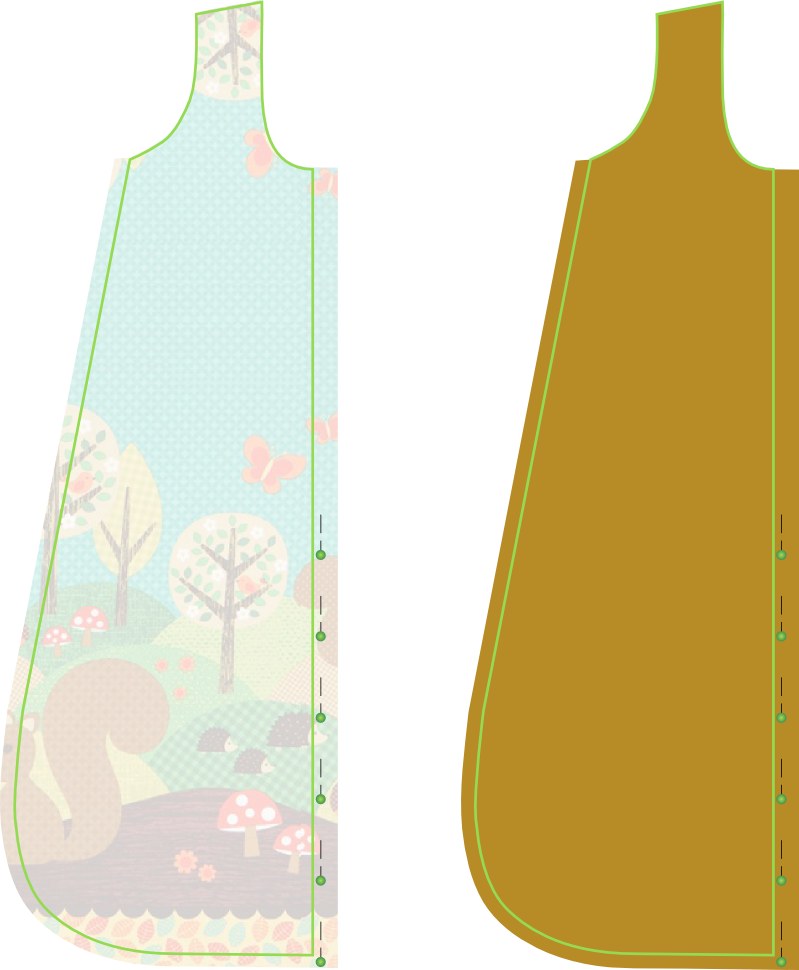 I’ll give you everything you need for great days with your six month old.
I’ll give you everything you need for great days with your six month old.
Also, keep in mind that the third nap may be the shortest of the day, lasting 30-45 minutes. This can be so normal, so don't let it worry you!
As we look at your 6 month old’s nap lengths during the day, I have 2 main recommendations.
We want to keep total daytime sleep under 4 hours.
We want to cap any single nap at 2 hours.
Doing these two things helps in several ways:
We can make sure your baby is getting enough active awake time during the day.
It also helps us to keep feedings every 2.5 to 3.5 hours.
This will also help maintain a bedtime between 7-8 p.m.
It helps your baby get more consolidated night sleep.
As your six month old’s wake windows increase, it will be important to consider if your baby needs a feeding before a nap. If you’ve still been using an EASY routine (eat, awake, sleep, you), you’ll likely find it’s time to move away from that now, especially as you’re moving towards 2 naps. You may need to offer a feeding before a nap to prevent a short nap because your baby is waking from hunger. Or your baby may be just fine waiting until after her nap for a feeding. Bottom line: watch your baby and always be responsive to your baby's hunger cues. But please do not go more than 4 hours between feedings, even if it means having to wake your baby from a nap!
You may need to offer a feeding before a nap to prevent a short nap because your baby is waking from hunger. Or your baby may be just fine waiting until after her nap for a feeding. Bottom line: watch your baby and always be responsive to your baby's hunger cues. But please do not go more than 4 hours between feedings, even if it means having to wake your baby from a nap!
What are some activities for a 6 month old? #
There are many engaging, but simple things you can do with your six month old. When thinking about activities for your baby, here are a few suggestions:
Give your baby a container with objects (toys, cups, blocks) so they can practice putting them in and taking them out.
Play a game having your baby transfer objects between hands.
Have your baby sit up (with assistance if needed) in front of a mirror to look at themselves and you.
Any toys with lights and sounds can be very entertaining at six months old.

If your baby is teething, give her teething toys with lots of textures she can explore with her mouth.
I have some great developmental toys in my Amazon store. Here are some I love specifically for six month olds:
Sensory balls
Stackers
Stacking cups
NogginStik
Teethers
What are 6 month old milestones? #
New milestones can be so exciting to see. Please keep in mind that all milestones are based on age ranges, and babies hit those milestones at slightly different times. If you have any concerns about your baby meeting their milestones, make sure to speak to your pediatrician.
At six months old, you may notice that your baby:
Begins to babble double-consonants like “dada” or “mama”
Giggles and laughs
Blows raspberries (sticks out tongue and blows)
Pushes up with straight arms while laying on belly, may rock back and forth a bit
Can sit unassisted with own arms to support
Looks in the mirror and reaches out for themselves
What time do 6 month olds go to bed?#
Between 7:00 and 8:00 pm is the ideal bedtime for a six month old.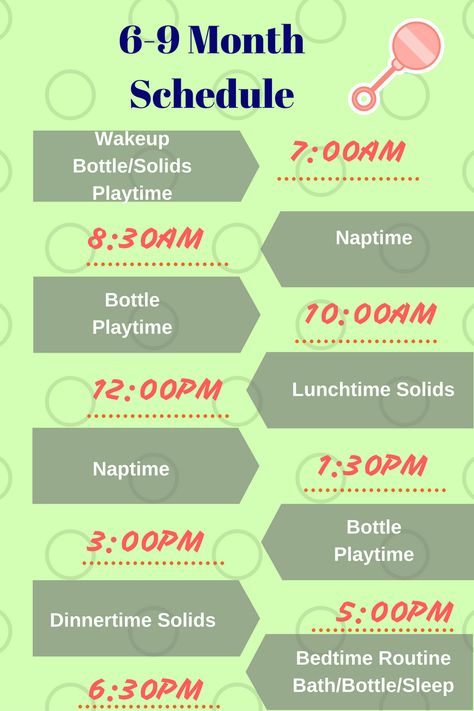 Often, babies who go to bed too late fight sleep, experience more false start bedtimes, and may have more early morning wakings or night wakings.
Often, babies who go to bed too late fight sleep, experience more false start bedtimes, and may have more early morning wakings or night wakings.
When you're determining your baby's bedtime, don't forget about our daytime guidelines for wake windows. We want that last wake window (the one between the last nap of the day and bedtime) to be about 2.5-3 hours.
Expert Tip: Around the 3 to 2 nap transition, you may need to be more flexible with bedtime. Right before the transition, bedtime may land slightly after 8:00 pm. And just after the transition, bedtime may need to be as early as 6:00 pm as your six month old adjusts to their new sleep schedule.
Does a 6 month old baby need to eat during the night? #
Most babies can sleep 10 to 12 hours overnight without feedings at six months old. However, some do best maintaining a night feeding. It’s always best to discuss your baby's feeding needs with your pediatrician.
If you are wondering how to wean night feedings for your six month old (or establish great sleep while still maintaining a night feeding), I can help you with a gentle and gradual approach in The 5–24 Month Collection.
Why does my 6 month old keep waking up at night?#
There are many reasons why your baby may not be sleeping through the night at six months old.
No matter the reason for your night struggles, The ABCs of Sleep can help you with a fully customizable, holistic plan for independent night sleep.
Is there a 6 month sleep regression? #
Babies have sleep setbacks for many reasons. If you're experiencing a sleep "regression” at six months, consider these possible causes:
So much growth occurs at six months old, from physical to cognitive to emotional development. Any time we see new skills, it can affect sleep.
It's also normal to see an increase in distracted feedings at six months old. This can impact the calories your baby consumes during the day and cause night wakings due to hunger.
Separation anxiety can also cause problems with sleep. I usually see a major peak in separation anxiety around 8 to 10 months old, but it can begin developing around six months – or even earlier – for some babies.

Sleep issues at six months old can also be a sign your baby is ready to transition from 3 to 2 naps.
If you’ve recently introduced solids and are experiencing sleep struggles, you may also want to consider whether starting solids is causing some of your sleep problems.
Is 6 months a good time to sleep train? #
Babies can be developmentally ready to sleep train starting at about 5 months. BUT, the best time to sleep train is when you decide it’s right for your family. If you’re considering sleep training, check out Let’s Talk About Sleep Training to learn more about the benefits of consolidated sleep and read about how I decided it was the right time for my family.
Is sleep still a struggle for your 6 month old?#
I can help! The 5–24 Month Collection will teach you a holistic, customizable, and emotionally-connected plan. I’ll give you the tools you need to achieve 10-12 hour consolidated nights, solid naps, and conquer all the bumps along the way.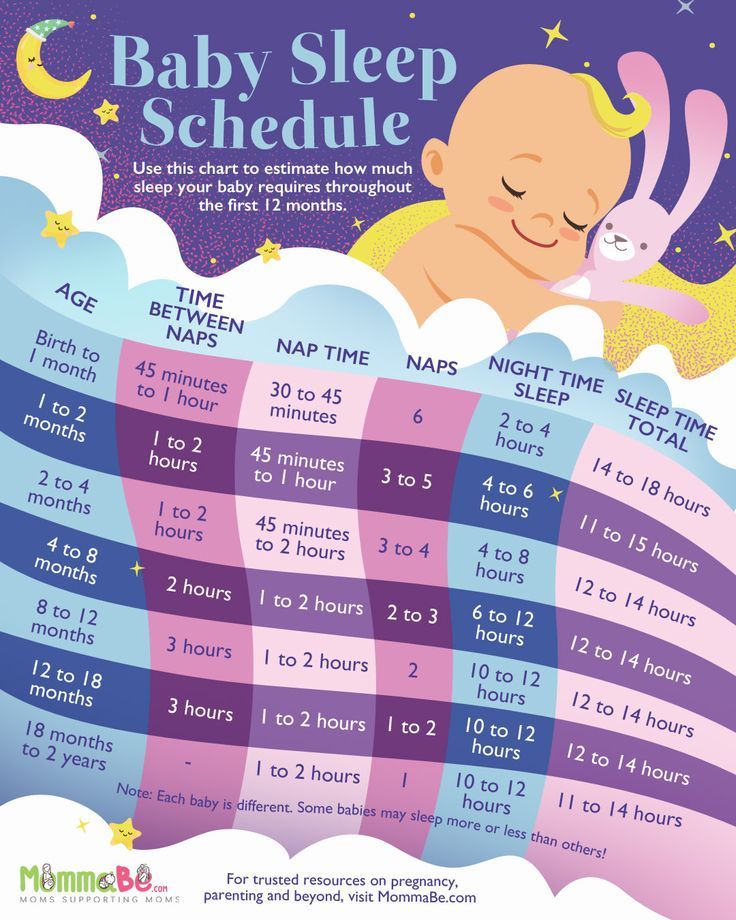 It’s the perfect time for you to have a great little sleeper!
It’s the perfect time for you to have a great little sleeper!
Still have a 5 month old? Check out 5 month sleep schedules. Already have a 7 month old? I've got you covered with my 7 month sleep schedules.
Child's daily routine, nutrition, development at 6 months
04/19/2019
31
Approximate daily routine of a child
6 months
The daily routine of a 6 month old child is becoming more and more stable:
Some babies are comfortable with two naps during the day, others sleep three times a day until 8-9 months.
It is worth paying attention to the duration of daytime sleep - morning and afternoon sleep should be at least 1-1.5 hours long so that the child's body has a good rest. The third dream may remain short, it is better to start it between 15.00-16.00. Make sure that it does not end too late, otherwise the time for evening bedtime will shift.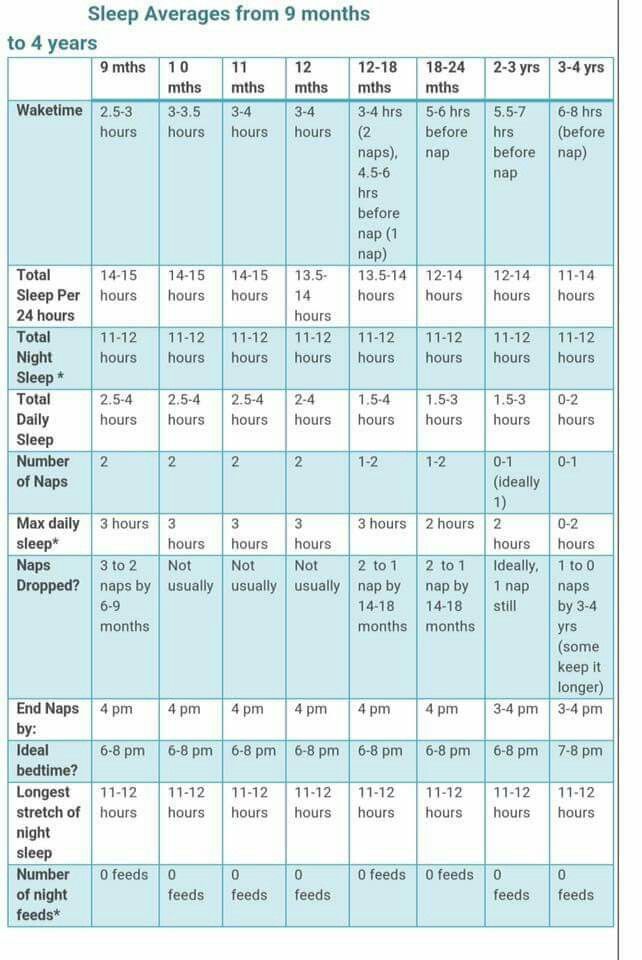 Morning and afternoon naps are recommended to be done at home, the third nap can be spent outside in a stroller. nine0003
Morning and afternoon naps are recommended to be done at home, the third nap can be spent outside in a stroller. nine0003
When going to bed early, the best time to wake up in the morning is 06.30-07.00.
- Regular bedtime appears
A six-month-old baby is already physiologically ready for early bedtime. The optimal time for leaving at night will be between 18.00-20.00. You will have a clear bedtime ritual that will help the child relax and make the process of bedtime easier. The ritual must be repeated daily. It takes 20-30 minutes to complete it. nine0003
- The period of wakefulness of the child increases
Now, when forming the daily routine, one should focus primarily on the recommended waking time - in six months it increases to 2.5 hours with an established regimen with three daytime sleeps. Signs of fatigue in a child are already harder to notice, so you can miss the moment when the baby is ready for bed.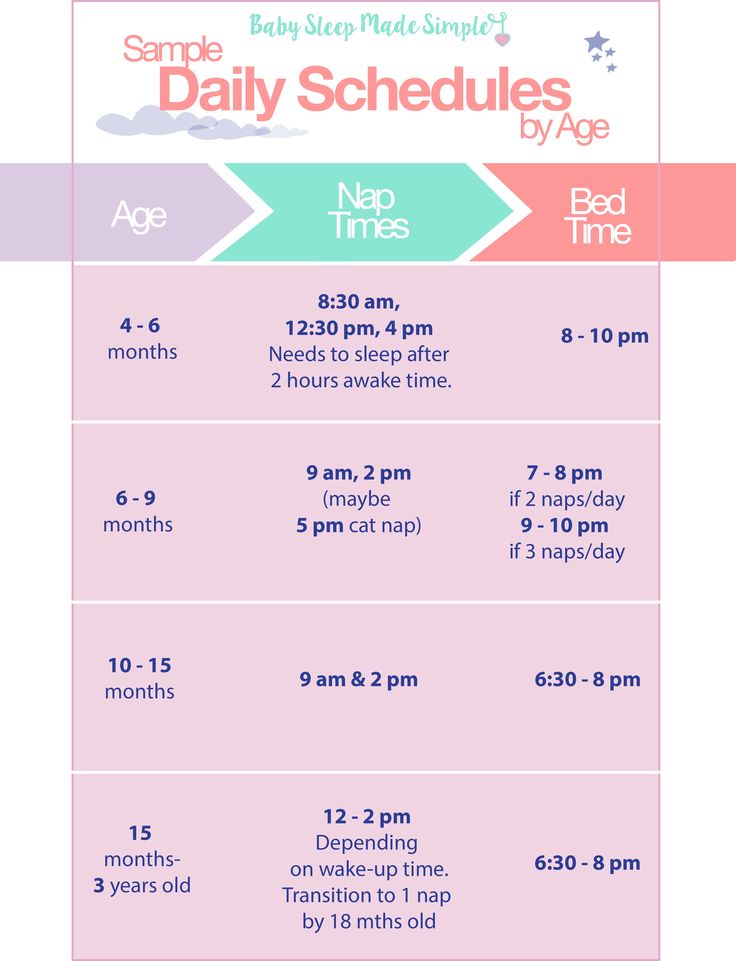
Total amount of sleep
Now the child needs to sleep 13-14 hours a day. Night sleep is 11-12 hours with awakenings for 2-3 feedings while breastfeeding. The number of night awakenings in formula-fed babies will be less. The total duration of daytime sleep at this age is about 2.5-4 hours. nine0003
Monitor your baby's condition and follow the main recommendations of the table to understand how many hours of sleep he needs and correctly build a daily routine that will suit your six-month-old baby.
A table on the sleep and wakefulness of a child at 6 months will help you with this:
You can adjust the regime and adapt it as your baby grows in the Club MODE FROM A TO Z - read more.
What affects baby's sleep:
1. By 6 months, your baby has already learned to roll over from back to stomach and back. Now he is gradually mastering new skills: he learns to pull himself up at the support, get on all fours, sit on his own and actively prepare for crawling.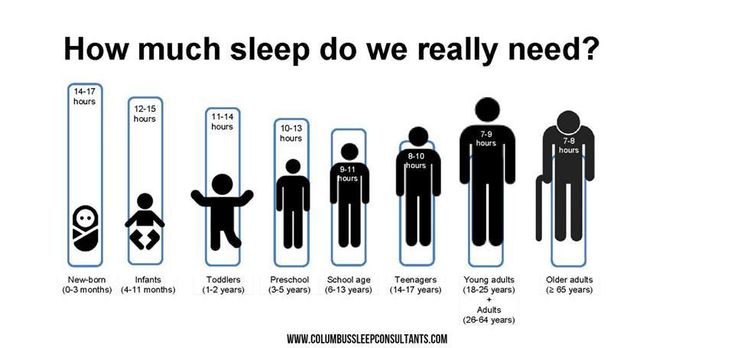 The baby can continue to practice new skills both during the day and in the crib during sleep. At such moments, he often wakes up and sleeps restlessly. This is part of the natural development of the child. nine0003
The baby can continue to practice new skills both during the day and in the crib during sleep. At such moments, he often wakes up and sleeps restlessly. This is part of the natural development of the child. nine0003
To help him get used to the new possibilities of his body, practice new skills while you are awake. Show how you can lie back down from a sitting position. And if before the child did not mind spending a lot of time in the stroller, now he needs time and space for active play during wakefulness. After 7-14 days, the child’s sleep will improve.
2. Skipping naps and going to bed too late at this age can lead to overtiredness, protests before bed and frequent nighttime awakenings. To prevent this from happening, try to follow a clear daily routine. nine0003
3. At six months, the baby may show the first signs of separation anxiety. Having become more independent, he realizes that he is not one with her. And the baby develops fear and anxiety that the mother will leave and will not return.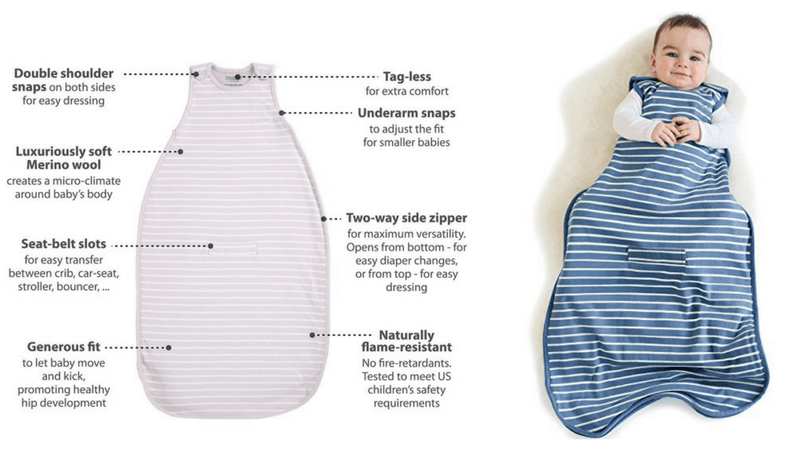 If you find your baby won't let go of you during bedtime, extend the ritual to include carrying, massages, hugs, and kisses. Offer your child a sleep toy that smells like you and "guards" their sleep. It is also worth spending more time with the child one on one, without being distracted by other things. nine0003
If you find your baby won't let go of you during bedtime, extend the ritual to include carrying, massages, hugs, and kisses. Offer your child a sleep toy that smells like you and "guards" their sleep. It is also worth spending more time with the child one on one, without being distracted by other things. nine0003
4. Teething is another factor that affects the sleep of children of this age. In the acute period, help the baby in every possible way, use teething toys and anesthetic gel as recommended by your pediatrician. As soon as the acute period passes, return to the previous sleep conditions and daily routine.
Watch the free workshop MY BABY SLEEPING BADLY AT NIGHT: 3 SOLUTIONS if your child is having trouble sleeping at night.
Child's diet
6 months
Breast milk and infant formula are still your baby's main complete food, from which he gets important nutrients.
But at 5-6 months you will notice that he has begun to show interest in adult food - watching you eat, following the spoon with his eyes, opening his mouth and smacking his lips. At six months, it is important to maintain this food interest in him, gradually expanding the child's nutrition. For this purpose, complementary foods are introduced. It is from the age of six months that WHO recommends including adult food in the diet of a breastfed child. nine0003
At six months, it is important to maintain this food interest in him, gradually expanding the child's nutrition. For this purpose, complementary foods are introduced. It is from the age of six months that WHO recommends including adult food in the diet of a breastfed child. nine0003
Complementary foods can be started with vegetable puree. Choose zucchini, cauliflower, broccoli. Then gluten-free cereals are introduced. If the child is not gaining weight, then complementary foods usually begin with cereals.
Water is also added to the diet from 6 months. But modern pediatricians do not recommend giving juices to a child in the first year of life.
The amount of complementary foods is small - in the first days, half a teaspoon of puree is enough for a baby, then the serving volume gradually increases over 10 days to the required norm. Feed one food and see how your baby reacts. The best feeding time is the first half of the day. nine0003
nine0003
By the age of 6 months, the feeding regimen is formed. The child eats on awakening and shortly before bedtime up to 5-6 times a day. Attachments to the breast are short, as the child is often distracted during feeding. The most frequent feedings are in the evening and active sucking is shifted to the last 2-3 hours before waking up.
The amount and frequency of feedings should be discussed with the pediatrician.
Development of the child
Thinking
The baby now distinguishes well between friends and strangers and can show his displeasure, being left without a mother. nine0003
Be prepared that the child will not want to let you go if you want to leave him with his grandparents.⠀
Communication
The baby is already turning around at his name, listening to the voice of an adult and pronouncing syllables in response to your voice.
Say his name as often as possible and name toys when communicating with your baby to develop his vocabulary.⠀
Physical development
Most likely your baby has already learned to roll over, master the skill of sitting and getting ready to crawl. Also, the child begins to transfer weight to the legs and can stand with the support of both hands. He stretches both hands to his mother, expressing a desire that she take him to her. You may also notice that during feeding, the child rests on you with his arms and pushes away. This behavior is normal - he is testing his new bodily capabilities. nine0003
While playing with your baby, clap your hands, squeeze toys, use taps. He will repeat after you and improve motor skills, wielding a toy.
Share in the comments, what questions and difficulties did you encounter when organizing a baby regimen at 6 months?
Like this article? Rate:
Votes: 334
2 year old child's daily routine
Let's talk about the daily routine of a child from 6 months to 2. 5 years old. It is important to know that already from the age of 6 months you can slowly form the baby's daily routine. nine0003
5 years old. It is important to know that already from the age of 6 months you can slowly form the baby's daily routine. nine0003
Many parents are intimidated by the word “regime”. But children love the routine and quickly get used to the regime. Children generally like predictability in the daily routine, it calms them down, gives them a sense of security. Children's sleep will be calmer if it is organized at the usual time and in the usual order.
Until about 3 months of age, children have practically no regimen, and up to 6 months there is a little chaos. But from six months on, we recommend determining the optimal regimen for the baby and trying to stick to it as much as possible. This is the key to a restful and quality sleep for your child. nine0003
What is mode?
Under the regime we mean the change of sleep and wakefulness during the day. The mode of babies from 6 months is tied to the watch, the mode of younger babies is formed according to signs of fatigue.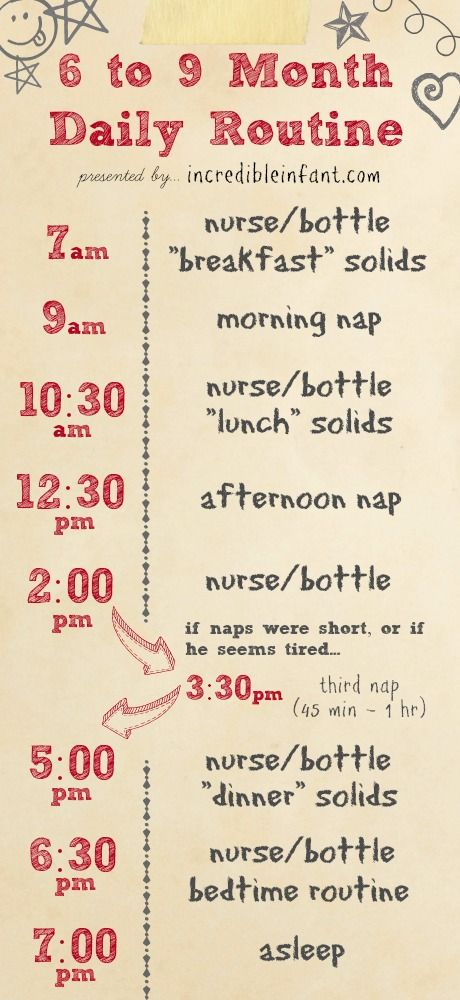
The following should be recorded in the daily routine:
- wake up time in the morning
- time of active and quiet wakefulness
- daytime sleep
- walks
- meals
- sleep preparation
- night sleep
It is very important to find a comfortable mode for your baby. Please note that all norms and recommended modes are given for guidance. They cannot take into account the individual characteristics of the child, the load and temperament.
It is very important to adjust the regimen as the child grows. The baby grows up - he can withstand longer periods of activity (awake time), and sleep becomes less and less. The task of the mother is to observe the changes and adjust the daily routine in time. nine0003
How to find the best mode for your child?
In order to choose the optimal mode, it is important to monitor the child and a sleep diary, analyze the situation and compare it with the norms. You will find all the important steps for analyzing and adjusting the regime in our article.
You will find all the important steps for analyzing and adjusting the regime in our article.
1. Review how your day goes with your child
Check that the baby does not experience lack of sleep, and that the sleep and wake schedule suits him. If the daily routine is not comfortable for the baby, even with the right actions, you will see a long fall asleep or protests when trying to fall asleep on your own. nine0003
We have prepared a checkbox of 8 points by which you can easily check whether the regimen is suitable for the child:
- Is the baby getting enough sleep at night? YES/NO
- Is the number of daytime naps appropriate for age? YES/NO
- Duration of one daytime nap at least 40 minutes (for babies over 3 months old) YES/NO
- Baby maintains wake time (WT) according to average values for this age YES/NO nine0013 Falling asleep in the evening falls within the baby's "sleep window" YES/NO
- The baby has an even mood during the day, he is not naughty for no apparent reason YES / NO
- It takes a baby an average of 15-20 minutes to fall asleep YES/NO
- On mode:
- active wakefulness YES/NO
- quiet wakefulness YES/NO
- bedtime rituals YES/NO
Analyze the situation.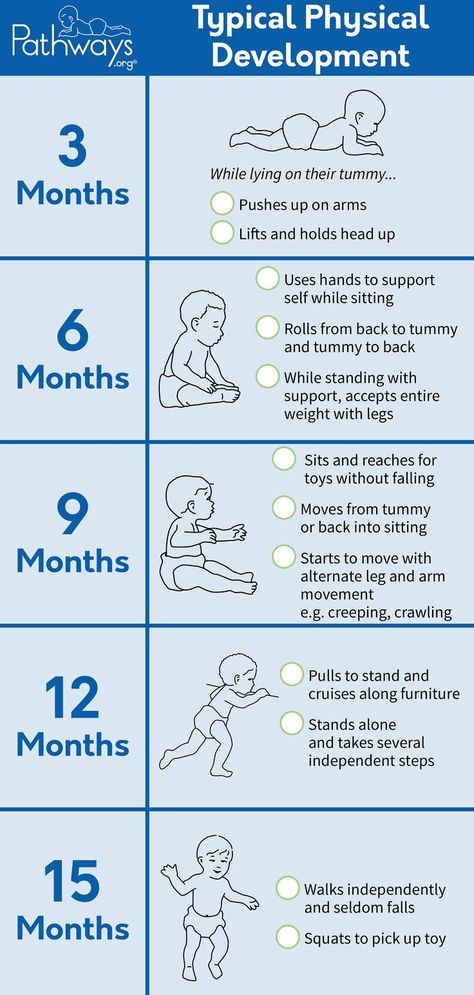 If at least one item you answered NO, it is worth working on the routine. If you need tips on how to do this, join our Video tutorials and Webinars. This is enough to discuss the problems of the regime or, for example, switch to fewer sleeps without compromising the well-being of the baby.
If at least one item you answered NO, it is worth working on the routine. If you need tips on how to do this, join our Video tutorials and Webinars. This is enough to discuss the problems of the regime or, for example, switch to fewer sleeps without compromising the well-being of the baby.
VIDEO TUTORIALS
Baby Sleep Lessons
0-7 years old
More
2. Mandatory elements of the daily routine of a child from 6 months to 2.5 years
If you have come to the conclusion that some signs of an inappropriate daily routine are present, then it's time to start transforming already established habits and get closer to the recommended daily routine. nine0003
What common features do we see in the mode of all children aged 6 months to 2.5 years?
- all children should have a good night's sleep, the average duration of which is eleven hours
- the so-called biological clock of children is set for the beginning of the day and active wakefulness from 7:00-7:30 am
- the total daytime nap time should average between three and a half hours at six months to two hours at two years.
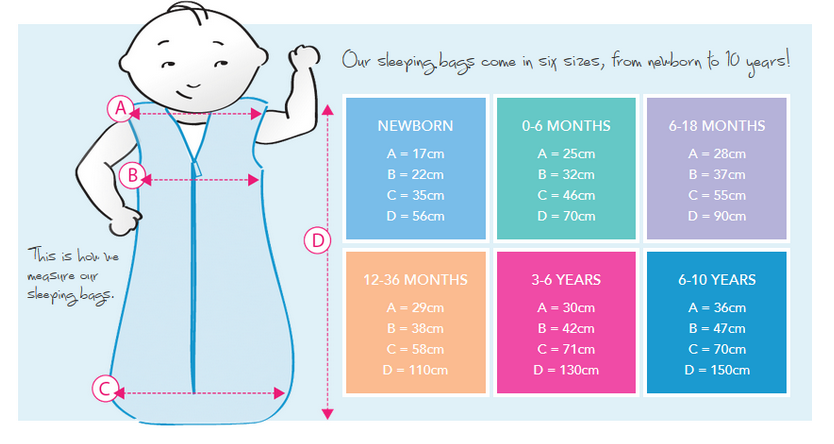 nine0014
nine0014
Thus, we come to a fairly easy arithmetic problem: “If children have to get up at seven o’clock in the morning, and they have to sleep at eleven or twelve o’clock at night, then when should our babies be put to bed in the evening?”
The answer is simple: “The best time to start a night's sleep is between 19:00 and 20:00, at which time the child should already be asleep.
So, wake-up time is 7:00-7:30, lights out at 19:00-20:00.
3. Daytime sleep mode
The quality and quantity of daytime sleep affects nighttime sleep. Therefore, daytime sleep is a very important component of the baby's regimen.
- A 6-month-old baby has 2 full or 3 short naps in the daily routine
- Starting from 7 - 8 months, the third dream gradually disappears. The smoothness lies in the fact that, depending on the duration and quality of the first 2 dreams, sometimes a 3rd dream is needed so that the child has the opportunity to reach the night sleep, and on some day this additional sleep is not required.
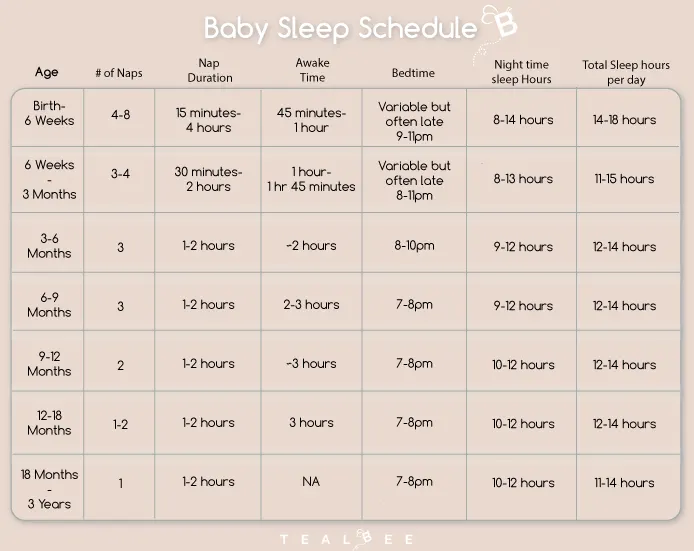 nine0014
nine0014 - After 15 months the 2nd nap is gone. Do not rush to get rid of the second sleep earlier, it is necessary for most children before this age so that the nervous system can rest. When following a daily routine with two dreams, children feel much better.
- The most important rule is that you should never organize the 3rd sleep after 16:30 . If the child is naughty, then it is better to put him to sleep earlier, at about 18:30. nine0125
Do not forget that as the child grows older, the time of wakefulness between the first and second sleep increases slightly. At the same time, the morning dream remains approximately at the same place.
In general, try to stick to the limits:
- morning sleep starts at 8.00-10.00,
- daytime sleep 12.30-15.00
- waking periods between daytime naps should not be equal to each other. nine0015
- KIDS LOVE THE REGULATION , predictability calms them down
- Up to 6 months it is impossible to talk about the regimen, but after 6 months it is important to determine the optimal regimen
- Early mode - the most ideal mode for children: wake up at 7:30; lights out 19-20.

4.
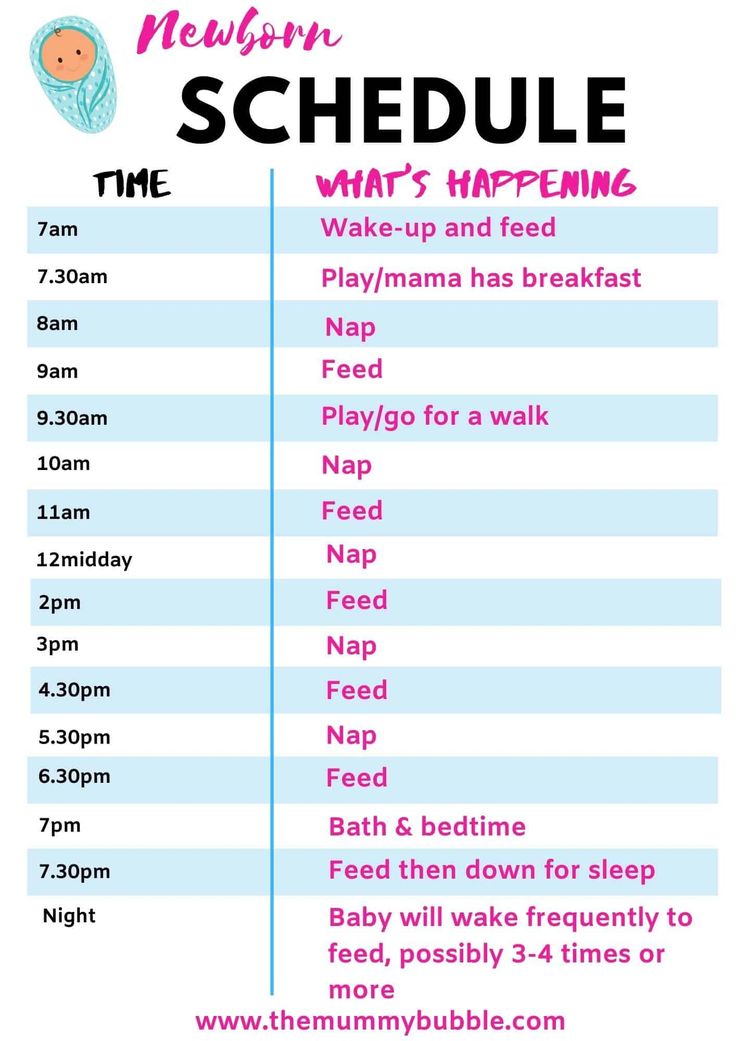 Meals in the daily routine
Meals in the daily routine An important point in creating an optimal daily routine is the harmonious distribution of meals during wakefulness.
When breastfeeding , we generally recommend feeding your baby after waking up or in the middle of wakefulness, in order to separate the processes of feeding and falling asleep in the baby's mind. At the same time, there is a grandmother's rule, which is not without common sense: "Only a well-fed child sleeps well." There is a risk that a growing child, who is more and more awake, will have time to get hungry before the next sleep. nine0003
from 6 months, as complementary feeding (which by 8 months is already energy, and not introductory, character), it becomes important to observe the regime daily so that the child’s body is tuned in to a certain sequence of actions.
In addition to sleep time, it is desirable to record feeding times , there are five of them: breakfast, lunch, dinner, afternoon tea and second breakfast (the last two are snacks).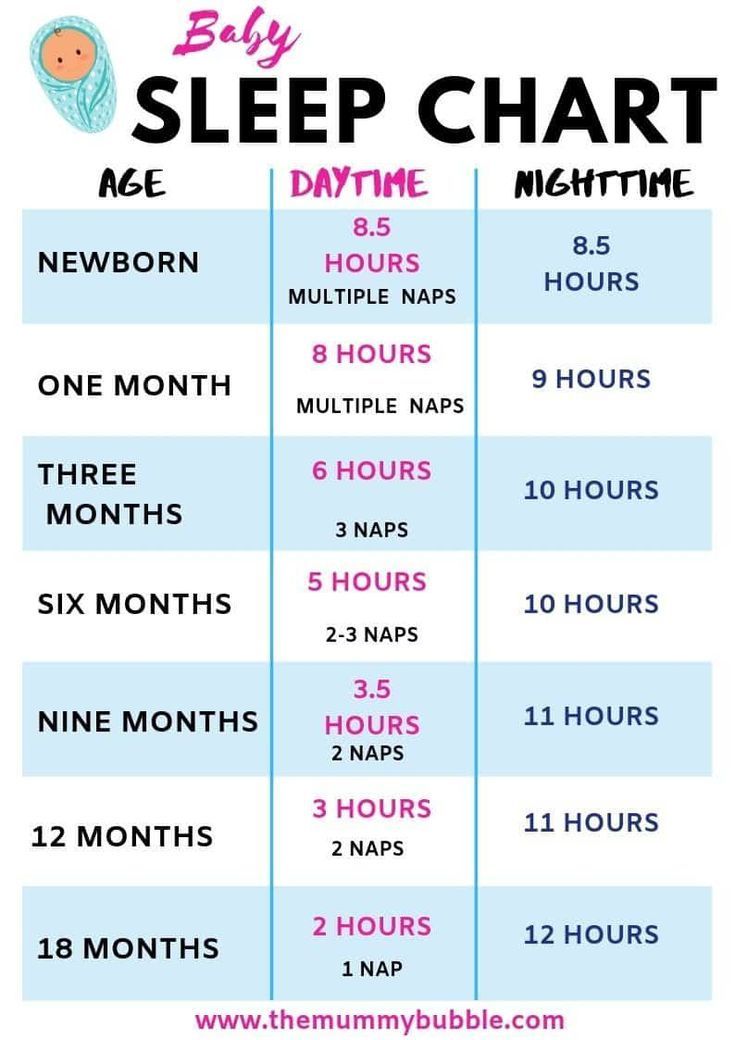 At the same time, it is logical to organize breakfast and lunch before daytime sleep, second breakfast and afternoon tea - after waking up from daytime sleep. We recommend having dinner early enough - 1.5-2 hours before bedtime, i.e. around 17-18 hours. In addition to dinner, most children in their first year of life require feeding just before going to bed. nine0003
At the same time, it is logical to organize breakfast and lunch before daytime sleep, second breakfast and afternoon tea - after waking up from daytime sleep. We recommend having dinner early enough - 1.5-2 hours before bedtime, i.e. around 17-18 hours. In addition to dinner, most children in their first year of life require feeding just before going to bed. nine0003
After a year, there is a direct dependence between the quality of sleep and the amount of eaten immediately before bedtime, so it is worth starting to organize a pause between the last meal and sleep in order to proudly note that you and your child are taking the first steps to a healthy lifestyle.
Correction of the regimen
If you have begun to adjust the daily routine, then do not make sudden jumps, change the regimen gradually, starting with evening bedtime, in increments of 15-20 minutes. And watch the child's reaction to the changes for 3 days. Fix the time of the morning awakening - do not prolong sleep after 7.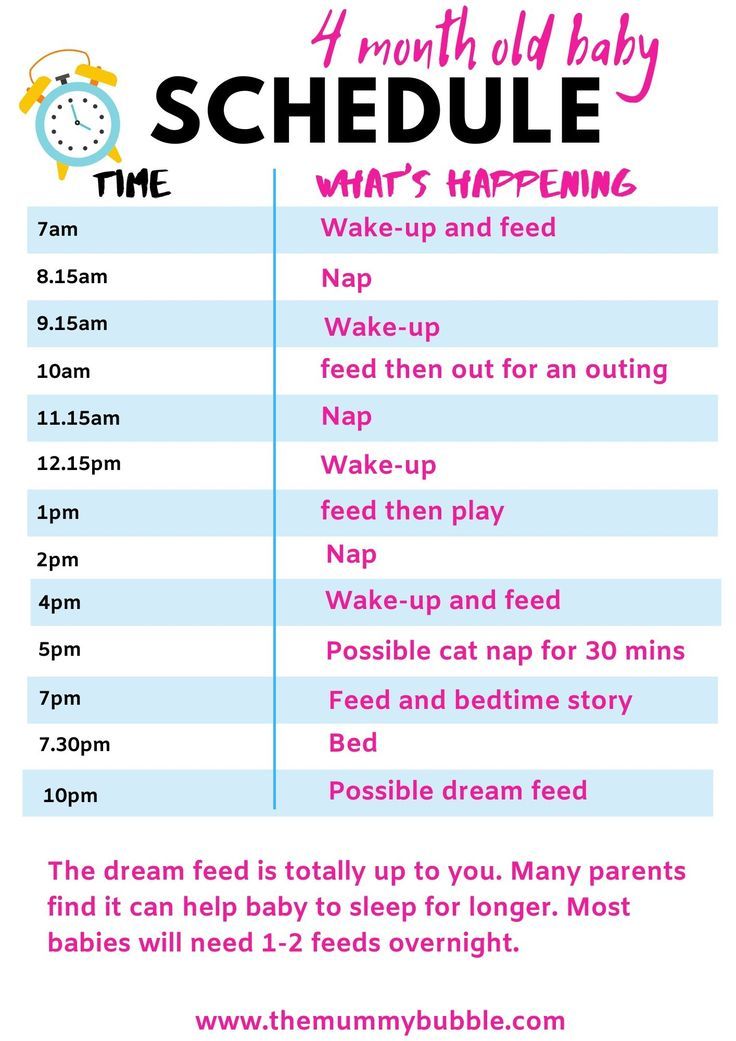 30 am or wake the baby if he sleeps too long. Sleep after 7:30 in the morning knocks down the entire daily routine. Remember that early awakenings are getting up before 6 in the morning. It is desirable to extend them. And the comfortable time for getting up according to the biorhythms of the child is from 6 to 7:30 in the morning. nine0003
30 am or wake the baby if he sleeps too long. Sleep after 7:30 in the morning knocks down the entire daily routine. Remember that early awakenings are getting up before 6 in the morning. It is desirable to extend them. And the comfortable time for getting up according to the biorhythms of the child is from 6 to 7:30 in the morning. nine0003
For example, a child goes to sleep at 10:00 pm and wakes up at 9:00 am. During the first 3 days, start lifting 15-30 minutes earlier than usual. If you wake up the baby in the morning at 8.30-8.45, then organize daytime naps in accordance with a comfortable WB for a child at this age, focusing on signs of fatigue. And in this case, plan a night's sleep at 21:30-21:45. Next 3 days: wake up 8:00-8:15, evening bed around 21:00-21:15. Etc. Ideally, we move towards getting up at 7-7:30 and going to bed at 19:30-20:30.
